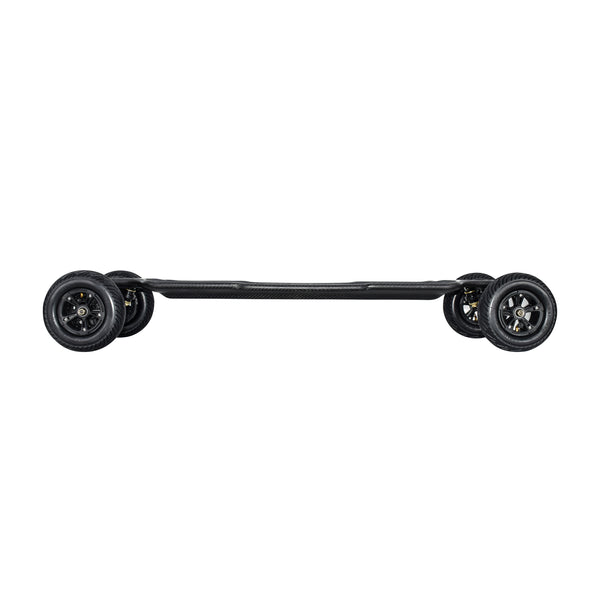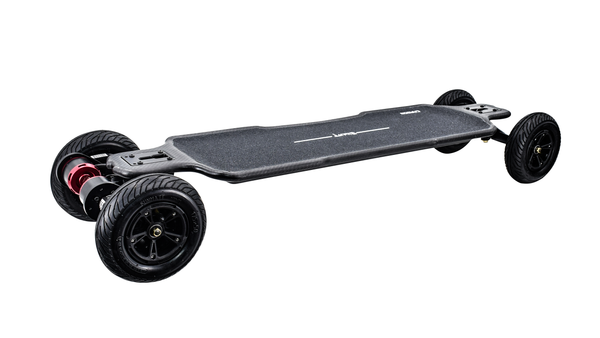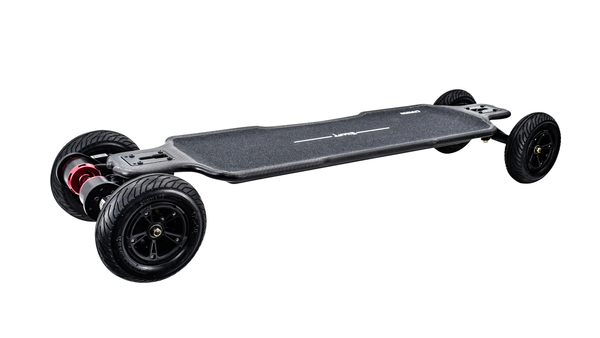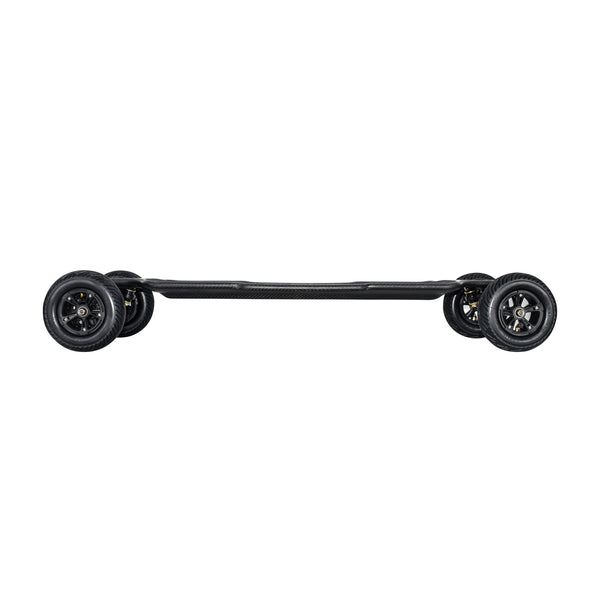1.Electric skateboard lithium batteries need to be fully charged and stored. It can be stored for more than half a year at 20°C, which shows that Electric skateboard lithium batteries are suitable for storage at low temperatures.
Someone once suggested storing the rechargeable battery in the refrigerator, which is indeed a good idea. Electric skateboard lithium batteries have self-discharge, and long-term storage will cause the battery to over-discharge and damage the internal structure of the battery, reducing battery life. Therefore, long-term storage of electric skateboard lithium batteries should be recharged every 3 to 6 months, that is, charged to a voltage of 3.8 to 3.9V (the best storage voltage of lithium batteries is about 3.85V).
2."Activation" of Lithium Battery
When using the lithium battery of an electric skateboard, it should be noted that the battery will enter a sleep state after being placed for a period of time. At this time, the capacity is lower than the normal value, and the use time is also shortened. But the lithium-ion power lithium battery is easy to activate, as long as the battery can be activated and restored to normal capacity after 3-5 normal charge and discharge cycles. Due to the characteristics of the lithium-ion battery itself, it is determined that it has almost no memory effect. Therefore, users do not need special methods and equipment during the activation process of new lithium-ion batteries. Not only is this true in theory, but from a practical point of view, it is best to use the standard method of charging from the beginning, which is the "natural activation" method.
3.Should not be over-discharged
In addition, another aspect that cannot be ignored is that lithium batteries for electric skateboards are also not suitable for over-discharge, and over-discharge is also very detrimental to the battery. This leads to the following question.
Because the number of charging and discharging is limited, the lithium-ion battery should be used up as much as possible to recharge it. However, the experimental table data related to the charge and discharge cycle of lithium-ion batteries are listed as follows:
Cycle life (10%DOD): >1000 times
Cycle life (100%DOD): >200 times
Among them, DOD is the abbreviation of Depth of Discharge.
4.Pay attention to fire prevention when using lithium-ion batteries for electric skateboards
The lithium battery of electric skateboard is different from the zinc chloride and potassium hydroxide water-soluble electrolytes of the current manganese batteries and alkaline dry batteries. It uses an organic solvent, lithium ion power, and the positive electrode of the lithium battery uses manganese dioxide, lead fluoride, and chlorine. Subsulfide (which can be made into lithium sub-battery) and other materials. Compared with the zinc chloride used in the negative electrode of general batteries, the lithium metal foil used in the negative electrode has a strong ionization tendency and a large voltage difference between the positive and negative electrodes, which improves the working efficiency of the lithium-ion power lithium battery.
Then why does the lithium battery of the electric skateboard heat up and burn? When many materials in the original lithium-ion power lithium battery come into contact with water, they can undergo violent chemical reactions and release a large amount of heat energy to cause heating and burning. The manganese dioxide in the positive electrode of a lithium-ion battery generates heat with only a small drop of water. After the sulfur chloride in the lithium ion battery comes into contact with water, it generates hydrochloric acid and sulfur dioxide and releases heat at the same time. Several factors make the lithium ion battery a "fire" in life, so people must pay attention when using lithium ion batteries. Waterproof and moisture-proof. After various hosts are out of service, the lithium-ion battery should be removed and stored in a dry, low-temperature place to prevent and prevent household fire accidents caused by improper use of lithium-ion batteries.



